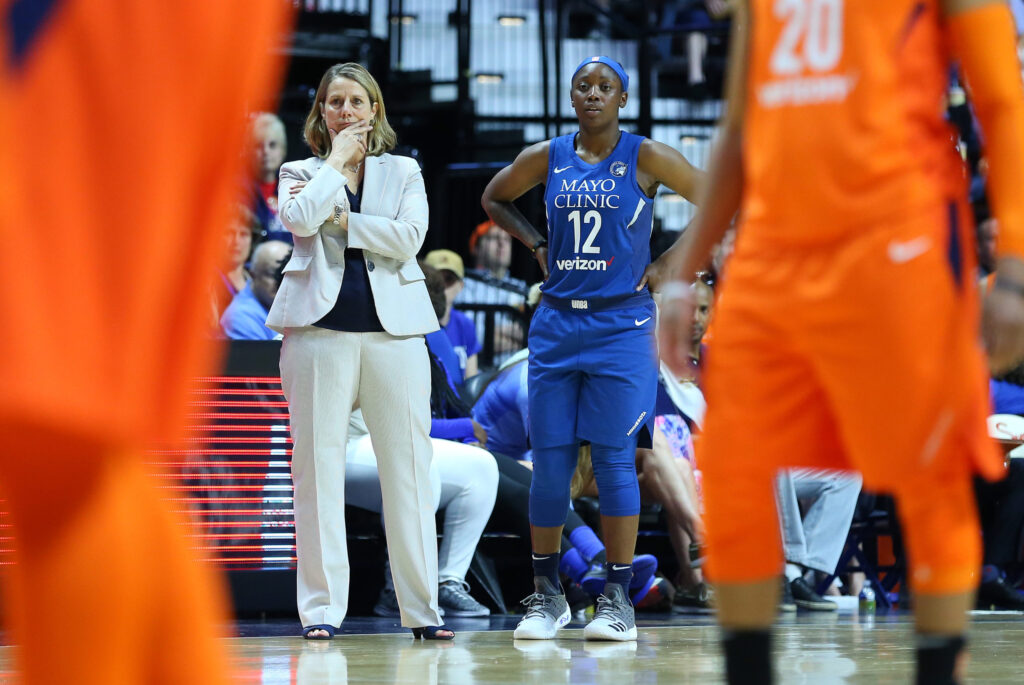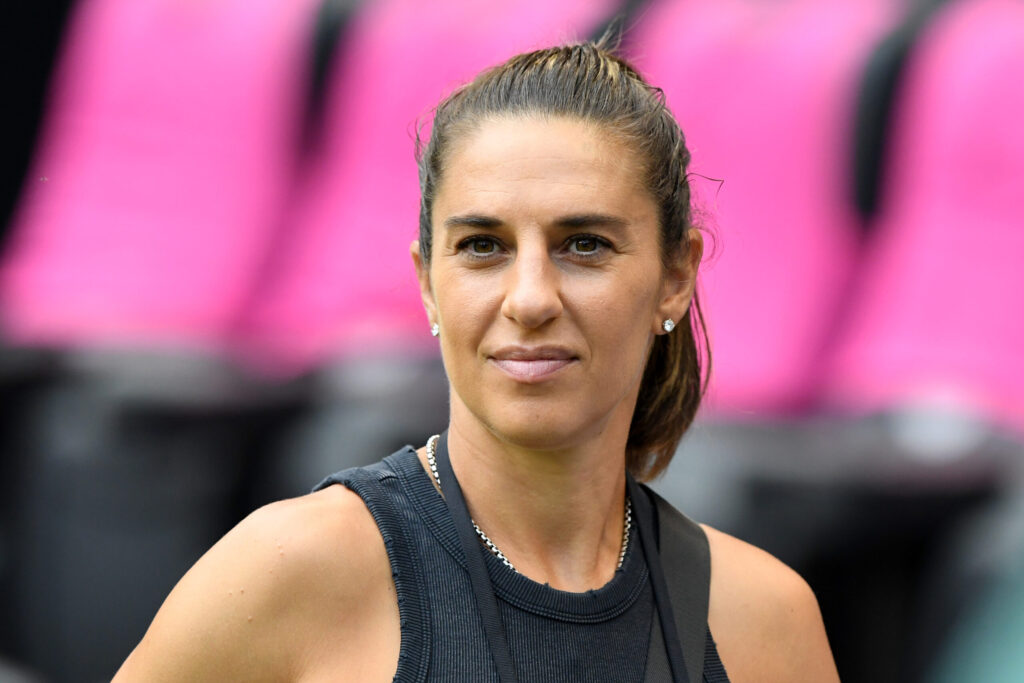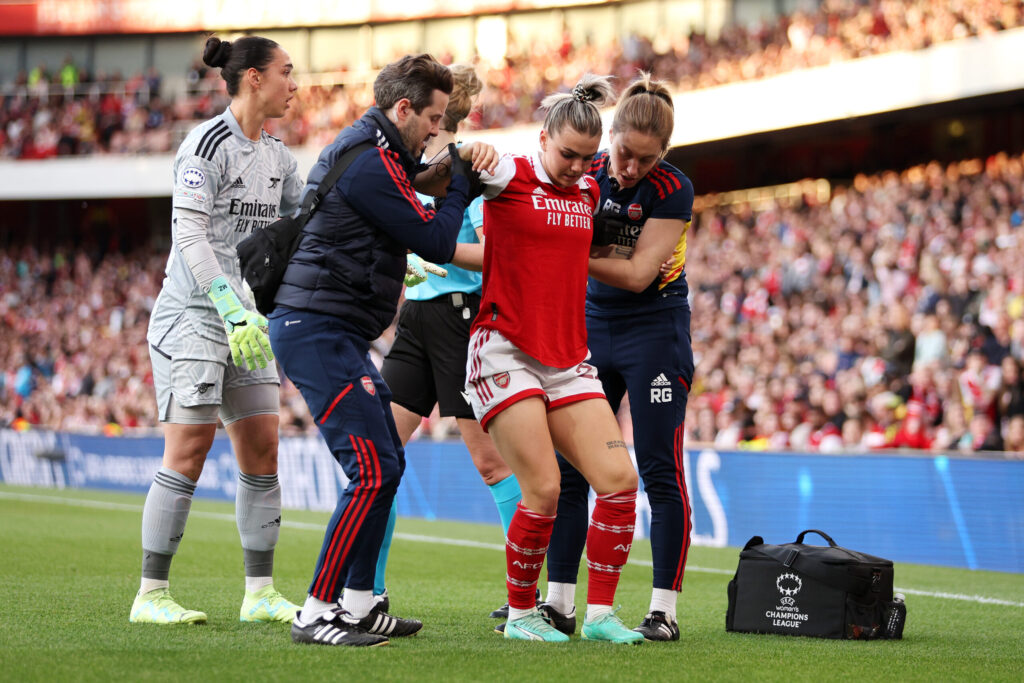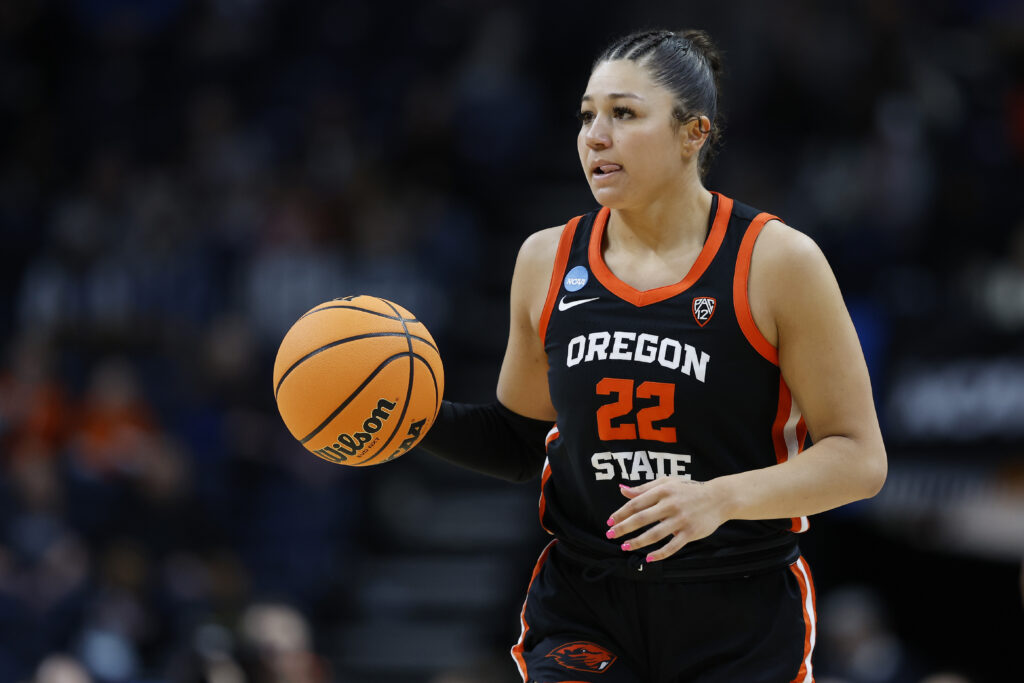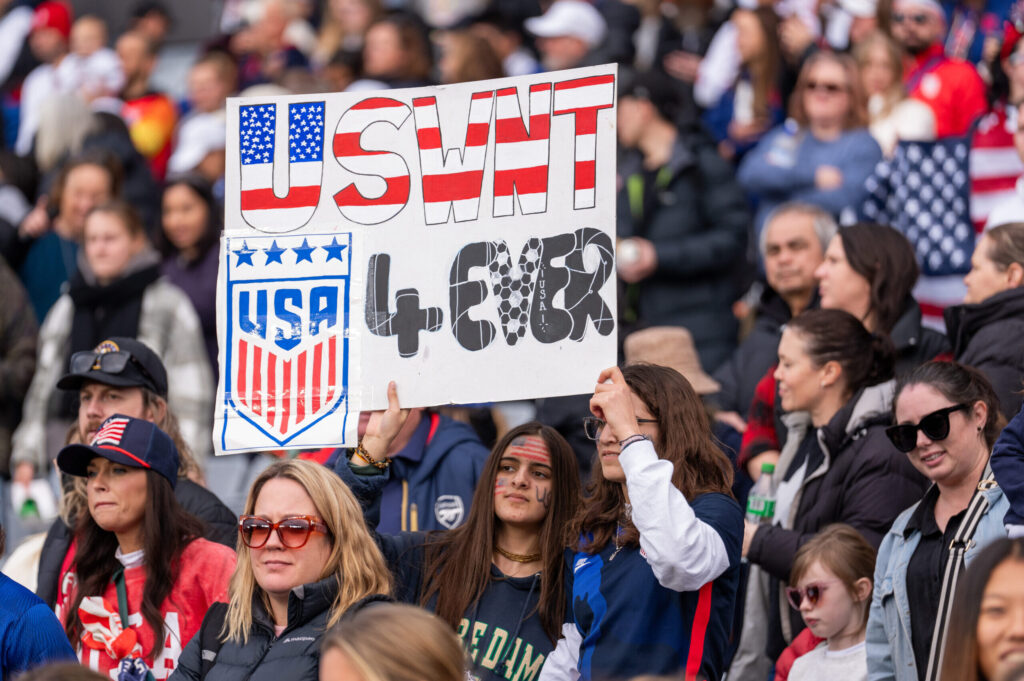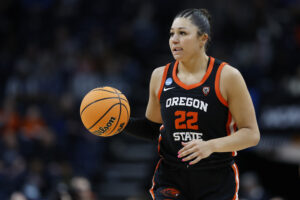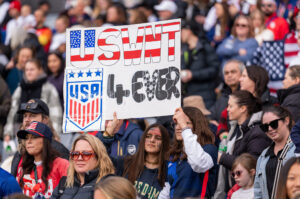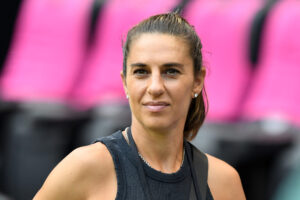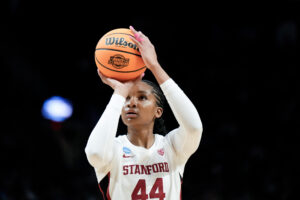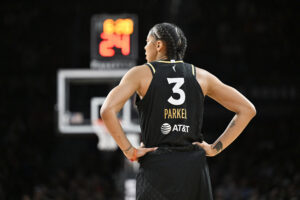Alexis Jones plays guard for the Atlanta Dream of the WNBA. She played two seasons at Duke before transferring to Baylor, where she was a 2x First-team All-Big 12 selection. Drafted by the Minnesota Lynx in 2017, Jones played two seasons with the team before being traded to the Los Angeles Sparks. She signed with the Dream this past offseason. She spoke with Just Women’s Sports about her draft day experience, her advice to the incoming rookies, and how Cheryl Reeve’s tough love helped make her the player she is today.
The 2020 WNBA draft was last week. Looking back, what do you remember about your draft day experience?
It was a dream come true. I remember getting to New York, it was like, okay, this is real. I’m in New York. My family also got to come, which made it a great experience. And then I got to talk with Adidas, which was amazing. I used to dream about getting a shoe endorsement when I was younger. And so to have the opportunity to be a part of the Adidas family was a really big honor, especially because for women, there’s not a lot of opportunities out there for girls to be a part of a shoe company. So I was really super happy, proud, and appreciative of that. They’ve been amazing to work with.
What was it like having to wait to hear your name called?
I was nervous, because I was expected to go sixth or seventh, so when I didn’t hear my name being called, I was like, yo, I don’t know what’s about to happen. But then next thing you know, I end up getting picked up by Minnesota. I was like, cool. As long as I didn’t drop to the second round, I’m fine. I never expected in life to be going to Minnesota, but I was happy because I knew I’d have a chance to be around some of the top girls in the nation.
The Lynx were in the middle of their dynasty at the time. Do you remember what the first thing that went though your head was when you realized you were heading to Minnesota?
Not going to lie, the first thing going through my head was, I know I’m not about to play. I got that through my head real quick. I’m not that good at enjoying the moment, so I was automatically thinking about basketball. But then I got to speak to Seimone Augustus on the phone, and that was super dope. To be on a call with Seimone Augustus was super inspirational for me right there at that moment. It was a wonderful feeling.
There wasn’t really time to celebrate, though, because I knew I was about to be on the bench. I was like, I have got to get in the gym. Contracts aren’t guaranteed, and I didn’t want to get waived. So I had a little draft party when I got back home, but the next day I was in the gym.
What are your thoughts on the incoming rookie class?
I think there’s a lot of good guards coming. The past few years there’s been a lot of great guards. I played with Lauren Cox before, and I’m super proud of her. I also played with Beatrice, who was taken by the Sparks. Super proud of her as well. I like the girl from Texas A&M a lot [Chennedy Carter, Atlanta’s first round pick]. We’re both Texas people. She for sure has a lot of game in her and a lot of swag, too, which is great to come into league with swag. I think all these young girls, they just have a whole bunch of swag. I love it. They all got energy, and everything that’s coming to them is well-deserved.
You transferred from Duke to Baylor after tearing your ACL during your sophomore. Can you talk about what went into that decision?
I think I got to a point where I was just too far from home. I just needed people to be around me at that moment. A lot of times my dad would call, and he would want to come see me play, but he couldn’t. And when I was injured I started to think… that maybe this is God calling and telling me to be back close to home where I can just be happy. And so I just took the jump.
It was definitely a scary feeling, because you never know how the next coach is going to treat you. And I knew Kim was a hard-nosed coach. Plus my dad was even preaching at me to stay. He did not want me to go. But I really wanted to be close to home, and at some point I just felt like, no matter how hard it might get, I’m going to always be me at the end of the day. I know I play hard. I know I work hard and that no matter what happens, I’m going to go in and do what the team needs me to do.
The jump from college to professional must have been an even bigger transition. How did you make that adjustment?
I think I just got blessed to be in Minnesota. I had great teammates like Mone [Seimone Augustus], Lindsay [Whalen], Maya [Moore]. I took every opportunity to learn everything I could from them. And they really brought me in. When I would get in the game for my two minutes, they would try to make my two minutes seem like they were the two minutes of a Hall of Famer.
And Coach Reeve gave me tough love. Man, my first game, I ain’t ever going to forget. My first game, I was talking to Mone, and I was just talking to Mone. I knew I wasn’t going to play. Of course, if coach wanted to put me in, I was ready. But I had already accepted that I probably wasn’t going to play that game. So then Coach Reeve came over and started talking to Mone. She turns to me and just says, you know you’re not going to play this year, right? And I was just like… I had nothing to say. Mone told me later not to worry about her, but after that, it was always bittersweet being coached by her. I don’t have any bad blood with her or anything. I enjoyed it, and I think that’s where I learned to grow up. She brought that hunger out of me. She just kept making me more hungry and hungry to get where I wanted to be.
You were a first round pick and an amazing college player, but obviously it can still be a tough transition. There’s a lot of players who just got drafted who are in the same shoes you were in. What would you say to them?
Stay focused on what you believe in and know what you’re coming into. And I would say always be willing to learn. If you’re willing to learn, you can go so far in this basketball game. You can be one of the greats if you are willing to learn.
